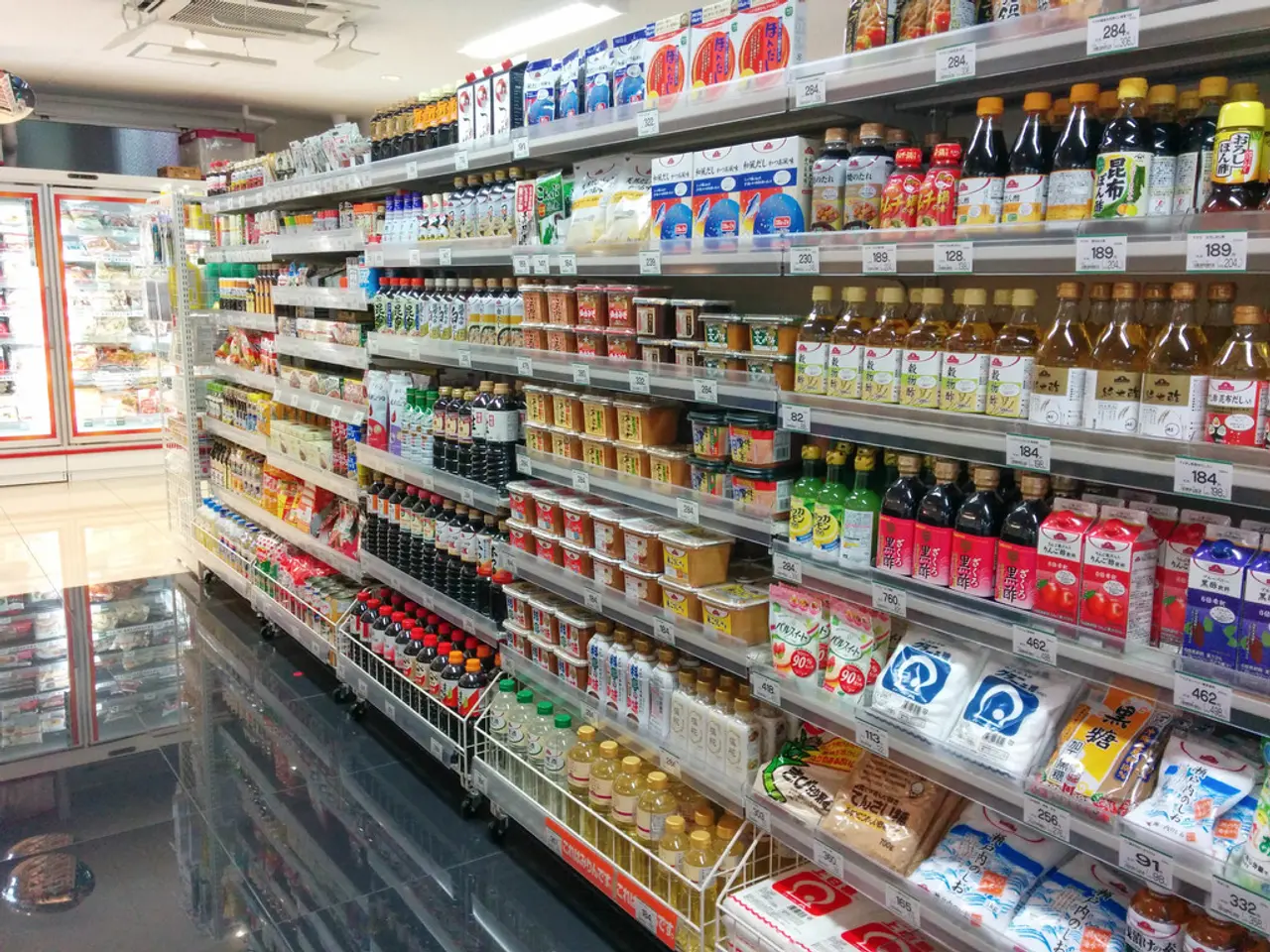Market Equilibrium: Understanding, Its Function
In the dynamic world of markets, the concept of equilibrium plays a crucial role in determining prices and quantities of goods and services. As consumers and producers interact, the market mechanism works tirelessly to drive demand and supply towards a new equilibrium.
When the product price is below its equilibrium, the quantity demanded exceeds the quantity supplied, resulting in excess demand. This situation creates pressure on producers, causing them to reduce output and lower prices to attract more demand. On the other hand, when the price is above equilibrium, there is excess supply, and producers will tend to lower prices or reduce supply to maintain balance.
The market equilibrium is the point where the quantity demanded equals the quantity supplied, ensuring no surplus or shortage of the good or service in the market. At this point, buyers can purchase exactly the amount they desire, and sellers can sell exactly the amount they want without any leftover stock or unmet demand. This point represents the market clearing price where the market "clears" all goods offered.
For instance, consider a market with a demand function QD = 24 - 2P and a supply function QS = - 14 + 8P. To find the market equilibrium, we equate these functions, resulting in the price (Price = (24 + 14) / (2 + 8) = 3.8) and quantity (Quantity = 24 - 2 * 3.8 = 16.4 or QS = - 14+ 8 * 3.8 = 16.4).
Both consumers and producers are satisfied at this equilibrium point. Consumers feel the price is worth the product, while sellers find the sales quantities acceptable. This agreement emerges naturally due to the interaction of supply and demand, and the market gravitates toward this equilibrium as the most mutually beneficial and stable arrangement for both parties.
As the price continues to adjust, the market gravitates towards a new equilibrium. Producers offer quantities at prices where they are willing and able to accept, while consumers obtain the quantity of goods at the price they are willing and able to pay. This intricate dance of supply and demand ensures that the market remains balanced and efficient.
In conclusion, understanding market equilibrium is essential for both consumers and producers to make informed decisions. By recognising the factors that influence supply and demand, we can better anticipate market trends and make strategic decisions to maximise our benefits in the ever-changing market landscape.
In the realm of finance and business, understanding the equilibrium point in an investing scenario is crucial. At this equilibrium, the quantity demanded matches the quantity supplied, resulting in a market clearing price that leaves neither consumers nor producers with surplus or unmet demand. This strategic point offers mutual benefit to both parties, enabling informed decisions for investors in the dynamic world of markets.




